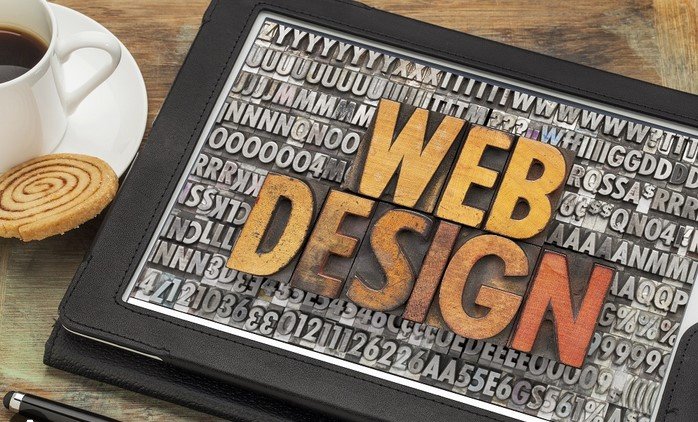How Typography Impacts Web Design Aesthetics
How typography impacts web design aesthetics is a crucial consideration for any website. Typography plays a key role in shaping the overall look and feel of a website, influencing its readability, user experience, and even the perception of a brand. Choosing the right fonts and ensuring they are used effectively can transform a website from ordinary to visually striking. In this post, we’ll explore how typography affects the aesthetics of web design and how it can enhance the user experience while supporting the brand’s identity.

1. Enhancing Readability
Typography has a direct impact on readability, which is vital for any website. If the text is hard to read, users will quickly abandon the site. By selecting legible fonts and maintaining proper font sizes, designers ensure that the content is easy to consume. Sans-serif fonts, for example, tend to be easier to read on digital screens than serif fonts, making them a popular choice for web design. Additionally, spacing, line height, and paragraph length all contribute to readability, ensuring that the content is accessible and enjoyable to read.
2. Establishing Hierarchy and Structure
Effective typography helps establish hierarchy and structure on a website. By using different font sizes, weights, and styles, designers can guide users’ attention to key pieces of information. Headlines, subheadings, and body text should all have distinct typographic treatments to create a clear structure. For example, larger, bold fonts can be used for headings to draw attention, while smaller fonts can be used for body text. This hierarchy makes it easier for users to navigate the content and understand what is most important, improving the overall user experience.
3. Reinforcing Brand Identity
Typography is an essential element of brand identity. The fonts you choose communicate a message about your brand’s personality, values, and tone. A sleek, modern font may convey professionalism and innovation, while a playful, hand-drawn font could reflect creativity and fun. Consistent use of typography across all web pages and marketing materials reinforces your brand’s visual identity, helping users recognize and connect with your brand. Typography works alongside other design elements like colors and images to create a cohesive look that aligns with the brand’s overall message.
4. Creating Emotional Impact
The right typography can also evoke specific emotions and set the tone for your website. Different fonts carry different connotations—serif fonts often communicate tradition and reliability, while sans-serif fonts can feel more modern and clean. Script or decorative fonts can add a sense of elegance or creativity. By understanding how typography impacts emotions, designers can select fonts that align with the desired mood of the site. Whether you’re aiming for a serious, professional look or a light, playful tone, typography plays a key role in shaping the emotional experience for visitors.
5. Enhancing User Experience
Ultimately, typography plays a significant role in enhancing user experience. When used effectively, typography can make a website easier to navigate, more visually appealing, and more engaging. By choosing the right fonts, optimizing readability, and maintaining consistency throughout the website, designers create a seamless experience that encourages users to stay longer and explore more. A well-typographed website not only looks good but also enhances functionality by making it easier for users to find, read, and interact with content.
Conclusion
How typography impacts web design aesthetics cannot be overstated. It influences readability, structure, brand identity, emotional impact, and overall user experience. By carefully selecting fonts and using them thoughtfully, designers can create a visually appealing and user-friendly website. Typography serves as a powerful tool that not only enhances the design but also helps communicate the brand’s message and improve the user experience. Keep these principles in mind to ensure your website is both aesthetically pleasing and functional.



